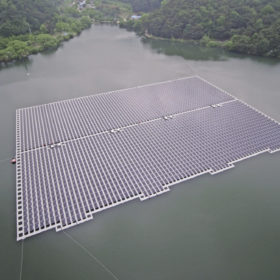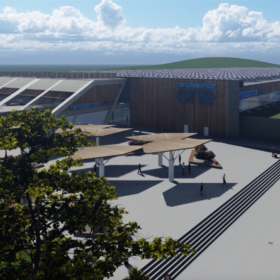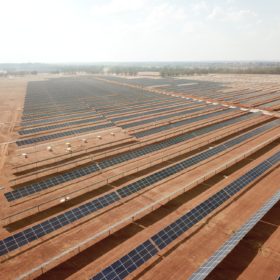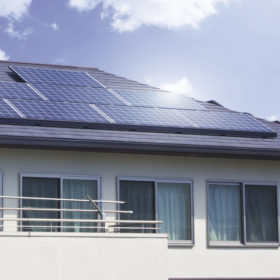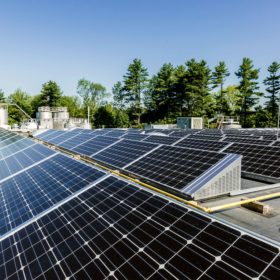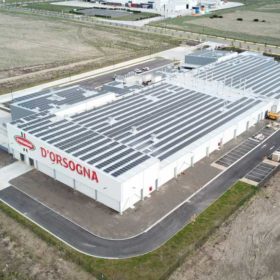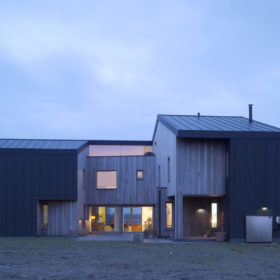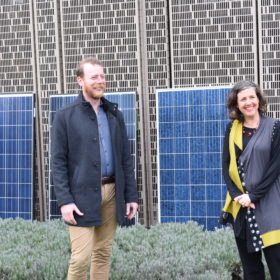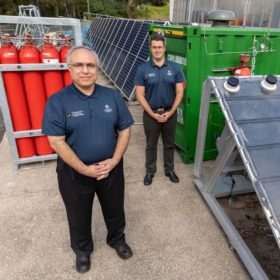Australia a key player in new Global Power System Transformation team of 6
This week will see the official launch of a global taskforce that aims to support worldwide uptake and integration of renewables and achieve at least 50% reduction in emissions over the coming decade.
Lithium-ion gigafactory breaks ground in Australia
Less than a year from now, Australia will start producing its own renewables-storing lithium-ion batteries in New South Wales.
Fotowatio secures financing for 90 MW solar plant in grid-challenged southeastern Australia
Sustainable intentions come together in the signing of a green loan to fund ongoing development of FRV’s Sebastopol Solar Farm, which lender ING says contributes towards its ‘ambition to align our lending portfolio with the Paris Agreement goals.’
New trial could nix rooftop solar export tribulations in South Australia
As some parts of Australia’s distribution networks threaten to black out under the flow of rooftop solar exports, ARENA announces funding for a trial that will enable flexible exports in line with what the networks can bear. Smart software is the answer.
Australian utility gathers 100 MW of solar in pilot aggregation project
How can you get the gigawatts of distributed solar generation in the WA South West Interconnected System to play nicely with the network? Western Power has gathered 100 MW of resource to test its coordinated ability to stabilize the system on low-demand days.
Solar auctions to spread PV over the commercial landscape
Once upon a recent time, installing and extracting value from solar PV installed on commercial rooftops was viewed as extremely complex. Innovators such as Energy Action have been smoothing the experience, such that now you can almost just sit back and watch it happen …
Australian-made cutter rail for solar modules
Solar industry participants have produced a new Australian-manufactured rail for PV modules that has been engineered to ensure safety and longevity, while catering to the needs of installers who work on residential and commercial rooftop projects.
Australian-designed storage system spells grid independence
“We’ve put together the best components to make a unique Australian-designed solution that is compliant to the new battery standards,” says EVO Power Managing Director Jamie Allen. Offgrid or upmarket – just add solar.
Keeping PV panels honest
Michelle McCann and Lawrence McIntosh, the partners behind the PV Lab panel-testing facility in Canberra, see Australia’s solar installations as a vast, aggregated virtual power plant.
The people, the PV and the pipelines that could make hydrogen work
At Australia’s University of Newcastle hydrogen production starts with water extracted from the atmosphere and electrolysis powered by free energy from the sun; sucking CO2 from the air is the next step to filling Angus Taylor’s beloved gas infrastructure with green methane that can bring spuds to the boil and power the economy while helping to flatten the nation’s emissions curve.

